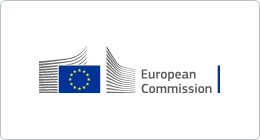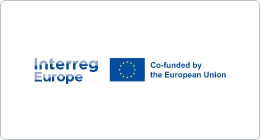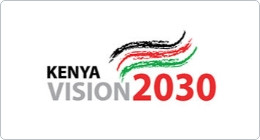BRICS expansion in 2025
The Expanding BRICS Family: 2025 and Beyond
As of June 2025, the BRICS group—originally comprising Brazil, Russia, India, China, and South Africa—has evolved into a much broader and more influential geopolitical alliance. Once viewed as a loose association of emerging economies, BRICS is now actively expanding its membership and partnerships, positioning itself as a counterweight to Western-dominated global institutions like the G7 and the IMF.

From Five to Many: A New Era of Membership
The core BRICS countries—Brazil, Russia, India, China, and South Africa—remain the foundation of the group. However, since the start of 2024, BRICS has undergone a dramatic transformation with the official inclusion of new full member countries such as:
• Egypt
• Ethiopia
• Iran
• Saudi Arabia
• United Arab Emirates
• Argentina (Note: Not shown in the image, possibly withdrawn or reclassified)
• Bolivia
• Indonesia
These new entrants reflect BRICS’ growing influence across different continents, particularly the Middle East, Africa, and Latin America. Their inclusion brings significant geopolitical weight, vast energy resources, and large populations into the BRICS fold.
Strategic Partner Countries: A Broader Influence
In addition to full members, a number of nations have joined BRICS as partner countries, signaling strong diplomatic and economic ties with the group, and possible future membership. These include:
• Vietnam
• Belarus
• Uzbekistan
• Uganda
• Thailand
• Kazakhstan
• Nigeria
• Malaysia
• Cuba
These nations are currently engaging in closer economic and political cooperation with BRICS, including participation in BRICS+ forums, trade summits, and alternative development financing mechanisms.
Key Motivations for Expansion
- De-dollarization: Many BRICS members aim to reduce dependency on the U.S. dollar by promoting trade in local currencies and exploring the development of a common digital currency.
- Multipolarity: The expansion reflects a broader global shift toward a multipolar world order, where global power is no longer concentrated in Western institutions.
- Energy and Trade Alliances: With energy-rich countries like Saudi Arabia, Iran, and the UAE joining, BRICS aims to establish stronger control over global energy markets.
- Institutional Development: The BRICS New Development Bank (NDB) is playing a growing role in funding infrastructure and development projects, attracting countries looking for alternatives to Western-led financial institutions.
Challenges Ahead
Despite the optimism, BRICS faces internal challenges:
• Diverse political systems and interests can make consensus difficult.
• Economic disparities among members require careful coordination.
• Geopolitical tensions, especially involving China and India or Russia and the West, can affect cohesion.
Future Outlook and Plans
Looking forward, BRICS has laid out a roadmap that includes:
• Further expansion: More countries are expected to join as full members or partners. Countries like Algeria, Bangladesh, and Turkey have expressed interest.
• Greater economic integration: Plans for a BRICS payment system and increased bilateral trade agreements are underway.
• Joint projects in digital infrastructure, energy security, and sustainable development are being prioritized.
• Annual summits and coordination mechanisms are being strengthened to improve decision-making.
Conclusion
In 2025, BRICS is no longer just a bloc of five emerging economies—it is rapidly becoming a platform for the Global South to assert its interests on the world stage. With new members and partners joining, BRICS is poised to reshape global governance, trade, and diplomacy in the years ahead.





